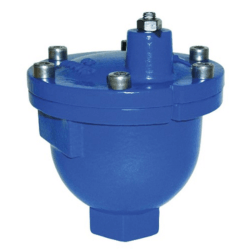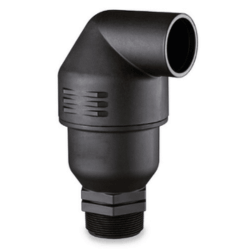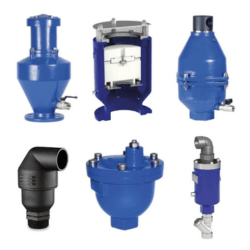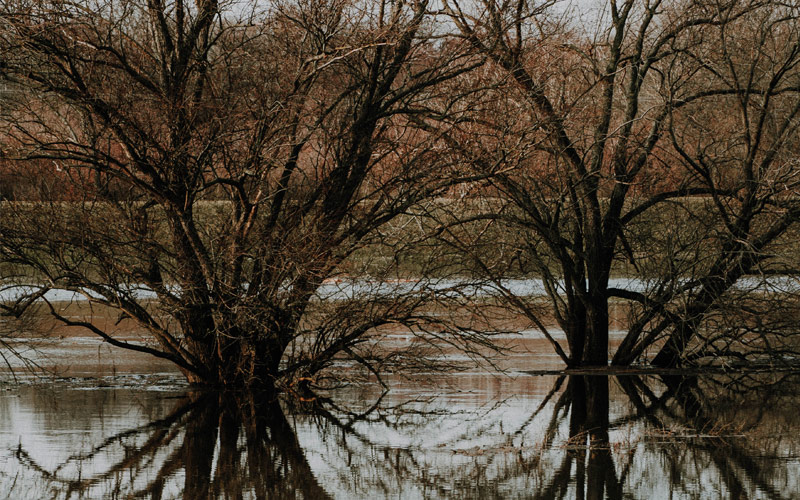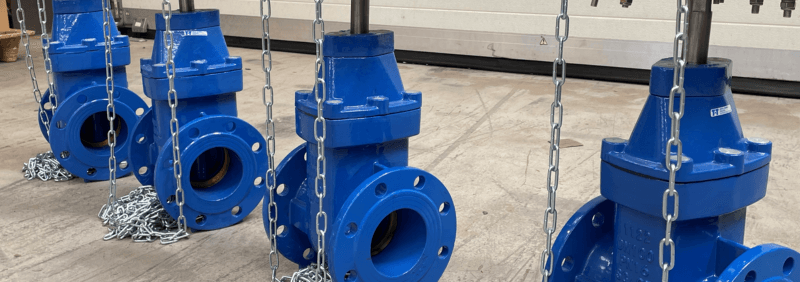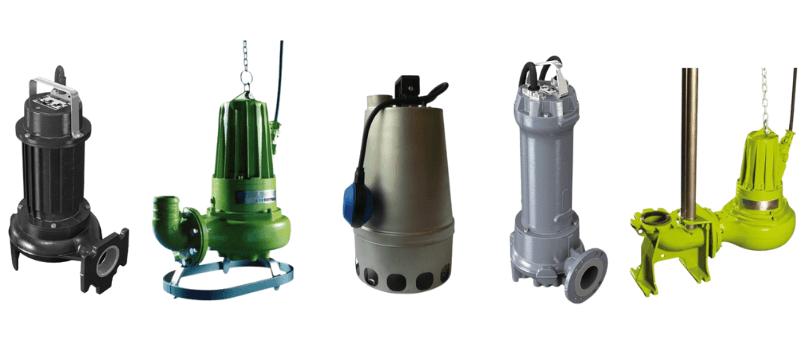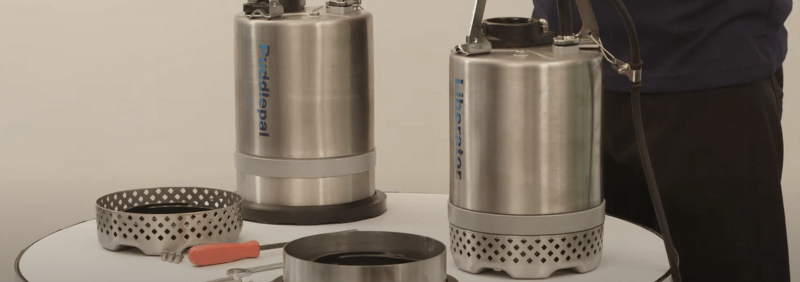How-to: Select & Position Air Valves
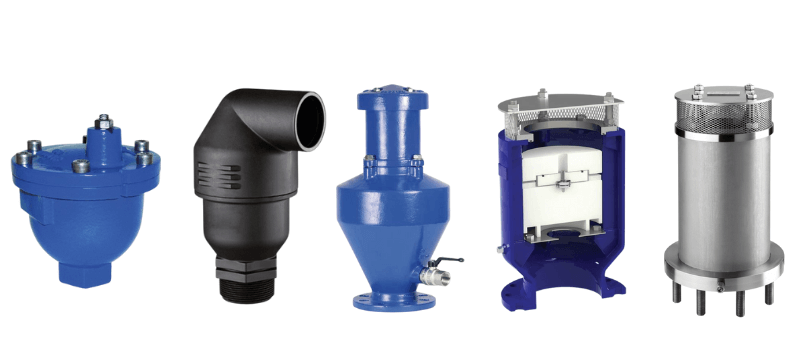
Air Valves are designed to intake and release gas (de-aerate) from fluid management systems, such as wastewater, potable and irrigation pipelines.
This protects the pipes and overall system from damage by pressure surges or vacuums caused by accumulated air pockets. Gas can be introduced to a system in several ways:
- Naturally dissolved from water and waste fluids
- During routine maintenance
- Left from the initial installation
- Drawn into the system through other equipment (e.g. turbulence from pumps and other components)
If left unmanaged the flow rate of fluid through the pipes becomes unreliable - structural damage and reduced flow-rate lead to increased running costs because of extra maintenance needs and operational inefficiencies.
Air valve selection
There are three main designs to choose from:
Single small orifice air valve (single function/air release valve) – releases gas that accumulates while operating.
Single large orifice air valve (two function/air vacuum valve) – releases and intakes gas during the system's draining and fluid pressurising (charging) phases.
Double orifice air valve (three function/combination air valve) – has a small and large opening for different rates of gas intake and release.
The size and material of an air valve is also important, ensuring it can intake/release large enough volume to maintain your desired flow rate and withstand long-term exposure to certain fluids (e.g. corrosive substances).
Air Valve Positioning
Where an air valve is positioned along a pipe system can affect the overall reliability and efficiency of the equipment.
Single-function air valves are most effective at system high points for the release of accumulated air.
Two-function air valves are ideal at system low points for the release of air pockets as well as the intake of air if fluid pressure drops as this could affect the uphill flow of liquid.
Similarly, double orifice air valves are best positioned where bulk inflow or outflow of gas is needed, with the added small orifice function maintaining system stability and efficiency.
Ask the Experts
Choosing the ideal air valves and fitting them in the most effective positions can be a daunting task - if you still have questions or want help specifying parts for your specific application then you can contact T-T Flow's specialist advisors by calling +44 (0)1630 647200, email ttflow@ttpumps.com or complete our online enquiry form.

